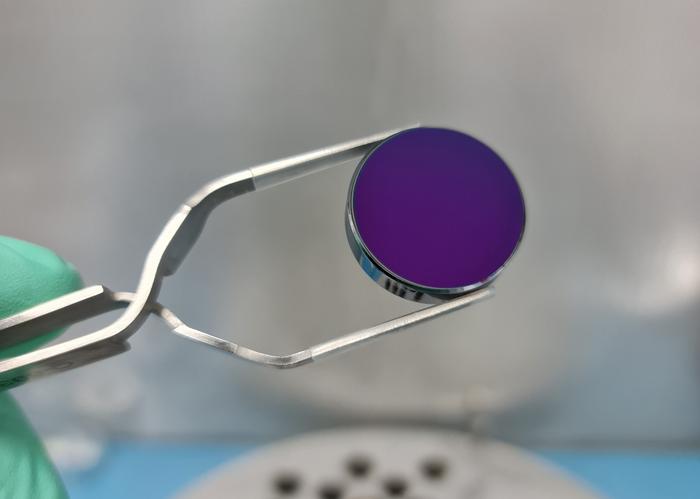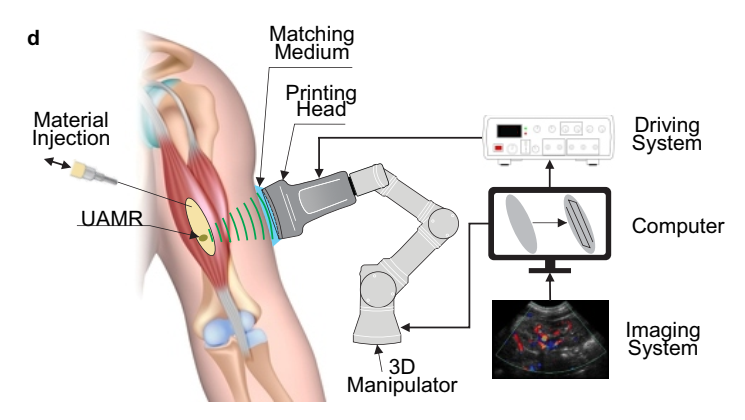With the Seikan Tunnel connecting Honshu and Hokkaido in Japan completed in 1988 and the Channel Tunnel completed in 1994 still struggling to turn profits, it is questionable whether the $10 billion, sub-Alps, Gotthard Base Tunnel scheduled for completion in 2016, will do any better. So what’s the attraction of a $100 billion Transatlantic Tunnel project which would require significantly more complex and expensive technology?
Like the “Three Gorges Dam” in China, just completed, the “Bering Strait Tunnel” in Russia, still a dream, the TransAtlantic Tunnel has been around for decades. In 1935, Hollywood produced a movie “TransAtlantic Tunnel,” and in 1956 Arthur C. Clarke wrote “The City And The Stars” with transatlantic tunnels.
Theoretical Tunnel to Span Atlantic
More serious attention and concrete work were dedicated to the idea by Ernst Frankel, retired MIT professor of Ocean Engineering, and Frank Davidson, member of the early English Channel Tunnel study group, who imagined an underwater TransAtlantic tunnel connecting New York and London. The tunnel was to be submerged from 150 to 300 feet beneath the surface of the ocean to avoid high pressures at deeper depths.
The train would travel through a vacuum, propelled by magnetic pulses, at speeds up to 4,000 mph (6,437 kph) and take just one hour. At an estimated cost of $25-$40 million per mile, the entire project was estimated at $100 billion.
Today’s Unnecessary Project May Be Needed & Doable in 2099
Discovery Channel’s “Extreme Engineering” dedicated a show to the TransAtlantic Tunnel. In its scenario, the technology needed to build the tunnel and the economic circumstances conducive to its achievement don’t happen until the year 2099.






